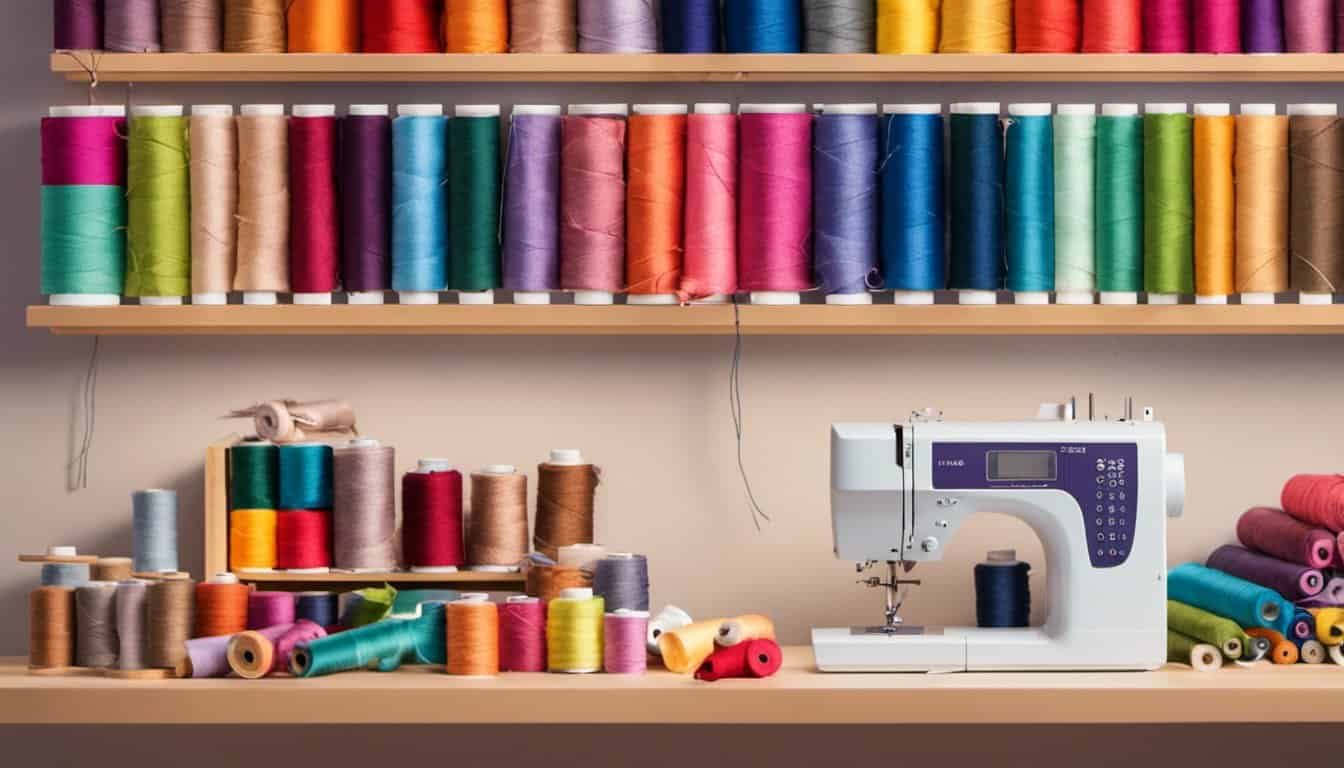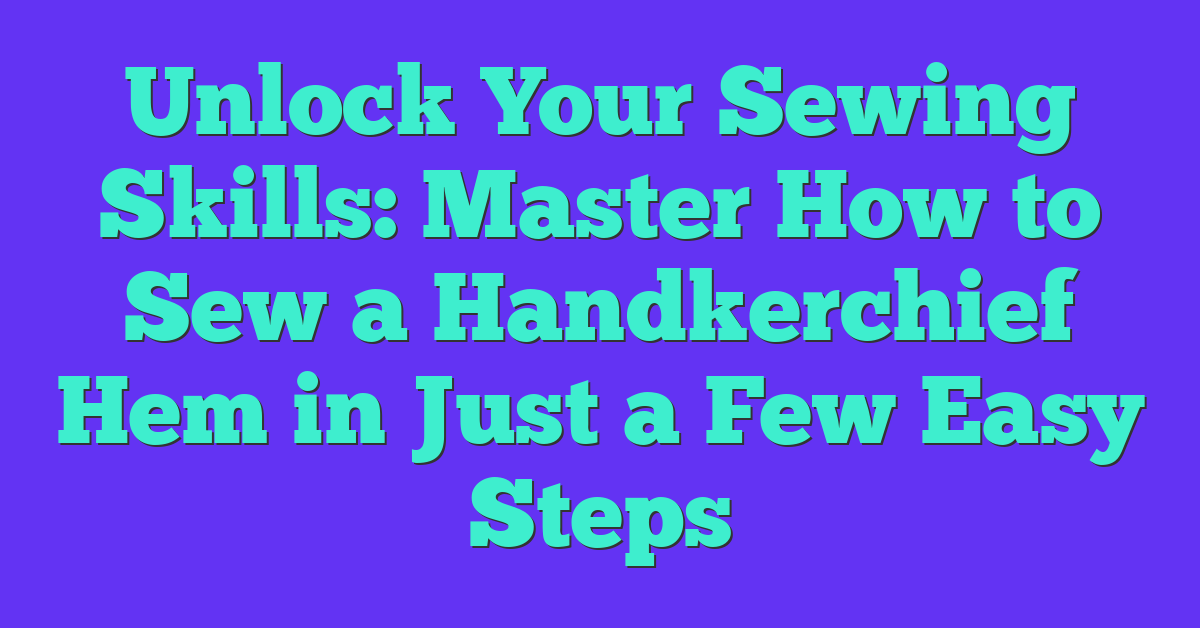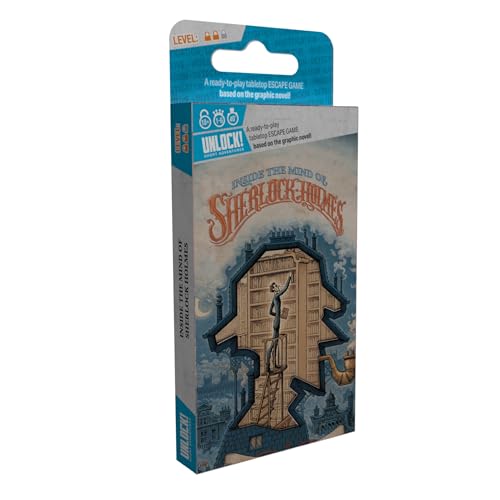Sewing a handkerchief hem can add a delightful twist to your garments, giving them a fresh and stylish flair. Whether you’re sprucing up an old favorite or creating something new, this technique is surprisingly easy and fun. I remember the first time I tried it; the way the fabric danced with every step made me feel like I was wearing a piece of art.
Overview of Handkerchief Hem
A handkerchief hem adds flair to garments, creating a dynamic and stylish silhouette. This technique features asymmetrical points that mimic a handkerchief’s shape, offering a unique design element. I love how this hem drapes gracefully, making it ideal for dresses, skirts, and lightweight tops.
Sewing a handkerchief hem isn’t complicated. Anyone can tackle it with a basic understanding of sewing. Precise cutting and careful folding are crucial to achieving the desired look. The fabric selection plays a significant role in how the hem falls. Lightweight fabrics, like chiffon or georgette, drape elegantly, enhancing the overall appeal.
The versatility of the handkerchief hem stands out. It elevates casual outfits, transitioning seamlessly into evening wear. By combining this technique with various fabrics and patterns, I can create pieces that reflect personal style. Whether dressing up for an event or adding flair to everyday outfits, a handkerchief hem makes a statement.
Materials Needed
For a successful handkerchief hem, having the right materials makes a significant difference. Below is a list of essential items for this project.
Fabric Selection
Choosing the right fabric is vital for a beautiful handkerchief hem. Lightweight, flowing fabrics such as:
- Chiffon: This sheer material offers an elegant drape.
- Georgette: Slightly heavier than chiffon but still lightweight, providing good movement.
- Silk: Luxurious and smooth, silk adds sophistication.
- Cotton Lawn: A breathable option, perfect for warm weather wear.
- Rayon: Offers a soft, fluid drape and comfort.
Each fabric type influences the final look and feel of the hem. Opt for a print or color that complements your overall outfit.
Tools and Equipment
Having the right tools ensures a smooth sewing experience. Essential items include:
- Sewing Machine: A reliable machine with adjustable settings for stitch length.
- Fabric Scissors: Sharp and precise scissors for clean cutting.
- Measuring Tape: Accurate measurement is crucial for proper hem placement.
- Tailor’s Chalk: Use chalk or fabric markers to mark cutting lines and hem positions.
- Pins or Clips: Secure fabric layers in place before sewing for accuracy.
- Iron: A good iron helps in pressing seams and achieving a polished finish.
These tools simplify the process, making it easier to create a flawless handkerchief hem.
Step-by-Step Guide
Sewing a handkerchief hem can be a fun and creative project. Let’s break it down into manageable steps to ensure you achieve the perfect look.
Preparing the Fabric
- Select your fabric: Choose lightweight fabrics like chiffon, georgette, or silk for the best drape.
- Measure and cut: Measure the desired length of your garment. Cut your fabric to the required dimensions, adding an extra 1 inch for hem allowance.
- Mark the hemline: Use tailor’s chalk to create a clear, even hemline around the fabric to guide your folds.
Creating the Hem
- Fold the hem: Create a folded edge about ¼ inch, pressing it down with your iron to set the crease.
- Pin or clip the fold: Secure the fold in place with pins or clips. This ensures the hem stays in position while sewing.
- Create the handkerchief points: Fold each corner of the fabric to form points. Pinch and hold to visualize how the hem will look, adjusting as needed.
Finishing Touches
- Sew the hem: Using a straight stitch, sew along the folded edge, keeping a consistent seam allowance. Remove pins as you sew to avoid any mishaps.
- Press the hem: Once the stitching is complete, carefully press the hem again to ensure it maintains its shape.
- Trim excess fabric: If necessary, trim any excess fabric from the corners to reduce bulk and enhance the flow of the hem.
This simple process adds a stylish finish to any garment, allowing for personal expression through fabric choices and design.
Common Mistakes to Avoid
Sewing a handkerchief hem can be straightforward, but certain mistakes can detract from the final result. Here are common pitfalls to stay clear of:
- Ignoring Fabric Choice
Selecting a fabric that is too heavy leads to a loss of the hem’s flowing silhouette. Opt for lightweight materials like chiffon or georgette for the best effect.
- Improper Measuring
Failing to measure accurately causes uneven points and an inconsistent hem. Always double-check measurements before cutting.

- Neglecting the Pressing Step
Skipping the pressing between steps means the hem won’t hold its shape. Press each fold thoroughly to maintain a crisp finish.
- Using Rigid Patterns
Chose patterns that restrict movement or drape poorly. Select fabrics with more movement and flow to enhance the handkerchief hem’s design.
- Inadequate Pinning
Not pinning or clipping the hem properly results in shifting fabric during sewing. Use enough pins or clips to keep the hem secure while you sew.
- Overlooking Seam Allowance
Cutting the fabric without accounting for seam allowance leads to inadequate seams and an unpolished look. Always factor in the seam allowance when cutting.
- Sewing Without Testing
Diving in without testing stitches on a scrap piece can lead to unexpected issues. Always test on a similar fabric before starting on the actual garment.
- Rushing the Final Touches
« Unlock Family Fun: Discover How to Make a Fabric Tic-Tac-Toe Game with a Personal Touch
Unlock the Secret: How to Sew a Shawl Collar for Coats That Will Turn Heads »
Hurrying through the final press and trim detracts from the polished appearance. Take time to perfect these finishing touches for a refined hem.
By avoiding these common mistakes, I guarantee a smoother sewing experience and a more stylish outcome for any garment featuring a handkerchief hem.
Tips for Perfecting Your Technique
- Choose your fabric wisely. Lightweight options like chiffon, georgette, or rayon create beautiful drapes. Heavier fabrics may not achieve the desired flow.
- Measure accurately. Use a measuring tape to ensure that each side of the hem is equal. Marking with tailor’s chalk helps maintain precision throughout the process.
- Press your fabric well. Pressing before and during the folding process ensures crisp lines. It’s essential for maintaining the sharp silhouette of the handkerchief hem.
- Pin carefully. Use plenty of pins or clips to keep the hem in place. Adequate pinning prevents shifting while sewing, leading to a cleaner finish.
- Sew slowly. Take your time to sew the hem. Moving too quickly can result in uneven stitches or missed fabric, affecting the overall look.
- Test your stitches. Before sewing the actual hem, practice on a scrap piece of the same fabric. This helps refine stitch settings and gives a clearer idea of how the fabric behaves.
- Focus on the points. When creating the handkerchief points, ensure they’re even. Adjusting the angles gives the hem its signature flair.
- Finish with care. After sewing, press the hem again. Trimming any excess fabric elevates the final appearance and enhances the hem’s flow.
- Add a decorative touch. Consider topstitching along the hem for a subtle design element. This adds style and security to the finished hem.
- Seek feedback. Don’t hesitate to ask for opinions from fellow crafters or sewing enthusiasts. Constructive feedback can help improve your technique for future projects.
Conclusion
Sewing a handkerchief hem has truly been a rewarding experience for me. It’s amazing how a simple technique can transform a garment into something special and unique. I love how it allows for creativity and personal expression through fabric choices and design.
As you embark on your own sewing journey, I hope you find joy in the process just as I did. Remember that practice makes perfect and don’t hesitate to experiment with different fabrics and styles. Each piece you create will tell your own story and add a touch of flair to your wardrobe. Happy sewing!


















